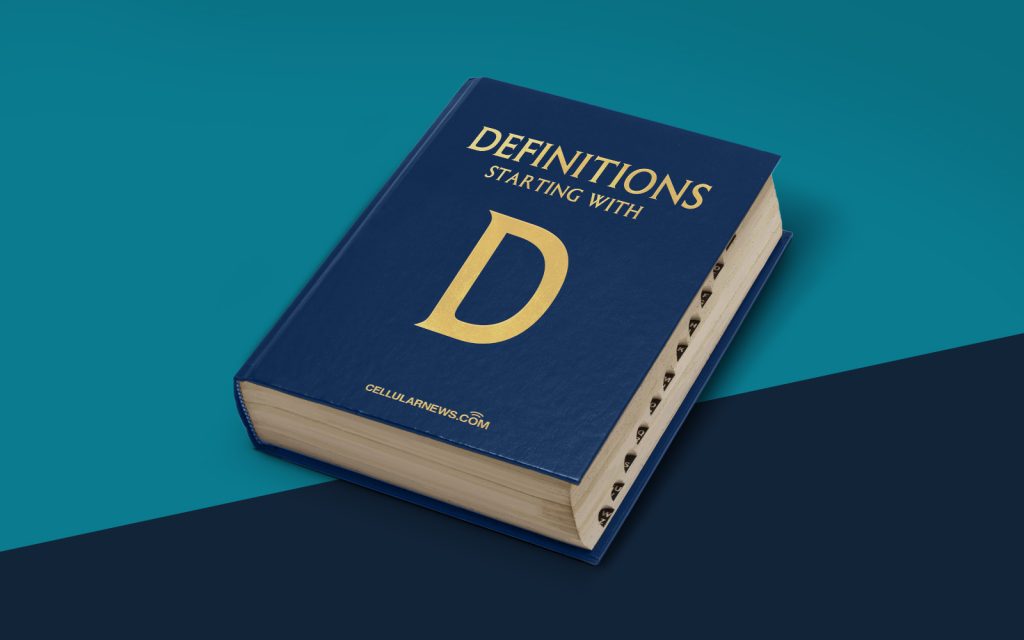
Understanding Delay Distortion: Explained with Expertise
Have you ever wondered what delay distortion is and how it impacts digital communications? Well, you’ve come to the right place! In this article, we will demystify the concept of delay distortion and provide a comprehensive explanation of its effects. So, let’s dive in!
Key Takeaways
- Delay distortion refers to the alteration of a signal due to delays experienced during transmission.
- Propagation delay and inter-symbol interference (ISI) are the key factors contributing to delay distortion.
What is Delay Distortion?
Delay distortion refers to the alteration of a signal due to varying delays experienced during transmission. It is a phenomenon that occurs in digital communications, where signals travel through various mediums such as cables, wires, or wireless channels. These delays can lead to the misinterpretation or corruption of the original signal, leading to distortion.
Delay distortion mainly occurs due to two key factors:
- Propagation Delay: This is the delay experienced by the signal as it travels through the transmission medium. The signal takes a finite amount of time to propagate from the transmitter to the receiver, which can result in distortion.
- Inter-Symbol Interference (ISI): ISI occurs when the transmitted symbol interferes with the adjacent symbols due to delays. The overlapping of signals can make it difficult for the receiver to correctly interpret the original signal, leading to distortion.
Now that we have a basic understanding of delay distortion, let’s explore its impact on digital communications.
Effects of Delay Distortion
Delay distortion can have several significant effects on digital communications, including:
- Interference with Data Integrity: Delay distortion can cause the received signal to deviate from the original transmitted signal. This can result in errors, loss of important information, and degradation of overall data integrity.
- Deterioration of Signal Quality: When signals experience delays, they can overlap with neighboring symbols. This overlap can lead to a reduced signal-to-noise ratio (SNR), making it challenging for the receiver to distinguish between the intended signal and noise. As a result, the quality of the received signal deteriorates.
It is important to understand the concept of delay distortion in digital communications to ensure effective signal transmission and reception. By recognizing its effects and implementing appropriate techniques to mitigate delay distortion, communication systems can operate more efficiently and provide better overall performance.
So, the next time you encounter delay distortion in your digital communications, you’ll have a clear understanding of what it is and how it can impact the quality and integrity of signals!
